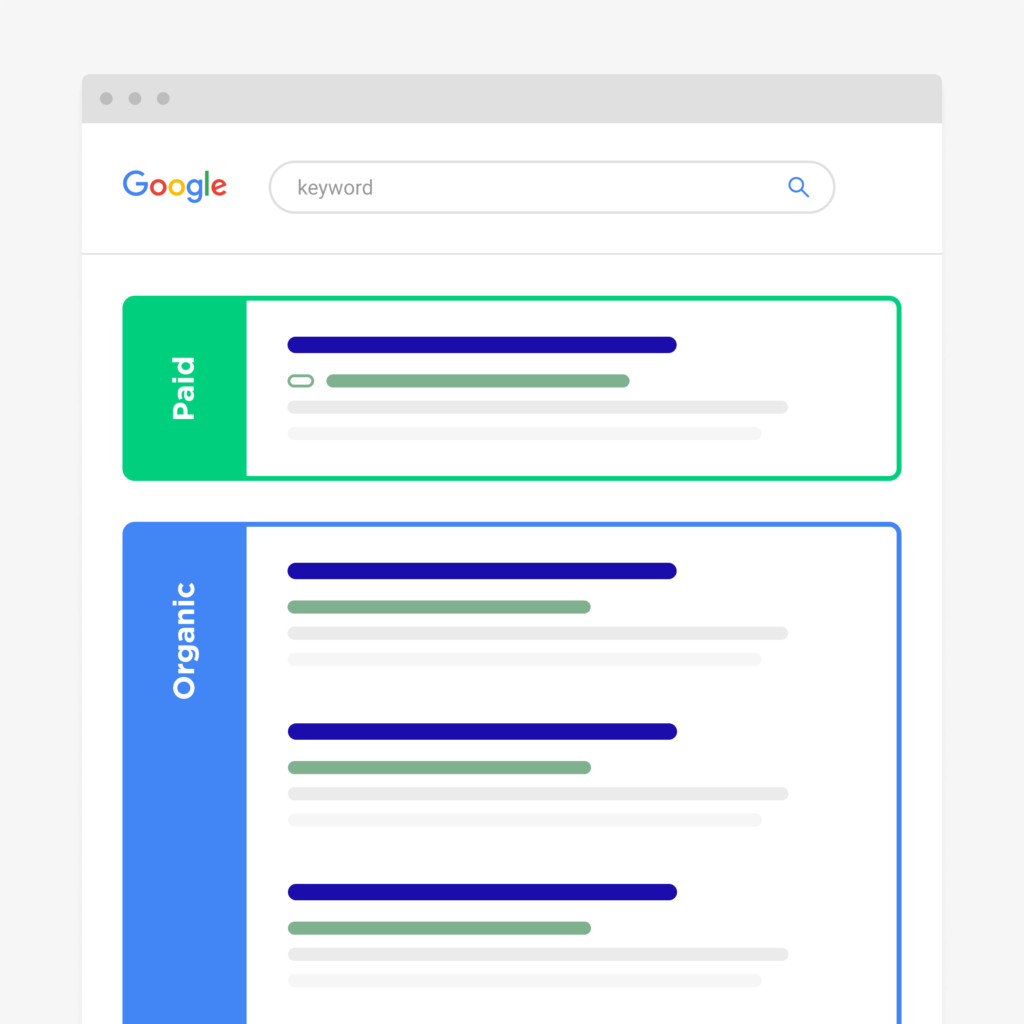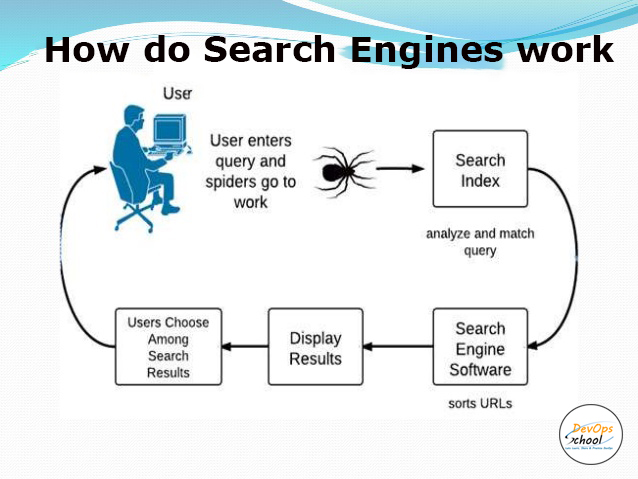What is SEO?
A website can increase its exposure in search engines like Google by implementing SEO (search engine optimization) techniques, which ultimately lead to an increase in organic traffic. The goal of SEO is to satisfy consumers’ search requirements by producing excellent, relevant content and provide the greatest user experience.
Both on-site and off-site SEO tactics are possible. Because of this, SEO is frequently separated into “on-page” and “off-page” categories.

In reality, SEO usually entails:
1. research on keywords
2. optimization of content
3. Technical enhancement
4. Link establishment
Why Is SEO Important?
Google users search for items and information billions of times a day. It should come as no surprise that search engines frequently rank among the top sources of website traffic.
You must show up in the top search results for your desired keywords in order to fully utilize the potential of this traffic source.
The relationship is straightforward: more people will visit your page if you rank higher.

Furthermore, over half of all clicks are directed toward the top three organic results.This is where SEO comes into play.
Increasing your ranking places is largely dependent on search engine optimization. Increased traffic is a result of higher rankings. Moreover, increased traffic results in more brand recognition and new clients.
Put another way, ignoring SEO would be equivalent to ignoring one of the most significant sources of traffic—completely handing up that market share to your rivals.
SEO vs. PPC
Search engine results pages (SERPs) typically provide two primary categories of results:
1. Paid results: Pay-per-click (PPC) advertising is required in order for you to appear here.
2. Organic results: SEO is required to “earn” your ranks here.

Why not just pay to appear in the advertisements area, one would wonder?
The solution is easy to understand. Most users simply click on the organic results and disregard the advertisements.
Yes, even though SEO concentrates on “free” organic traffic, it still requires more time, work, and resources.
However, if you start ranking for your desired keywords, you can expand your audience and produce “passive” traffic, which continues to exist even after you cease making payments.
The steps Google takes to locate and prioritize content are as follows:
1. Indexing: After that, Google examines every page to determine the general topic of the page. The Google Index, a massive database of webpages, is where it might then keep this information.
2. Crawling: Google searches the internet for new or updated pages using computer programs known as “bots.” A page needs to have at least one link pointing to it in order for Google to find it.
3. Retrieval: Fetching the content from Search Engine database those are related to search queries and keywords.
4. Ranking: According to the relevancy of the fetch content done by the search engine.

As a website owner, it is your responsibility to assist search engines in indexing and crawling every page on your website that you desire. (And none of those you choose not to.)
Technical SEO is the term used to describe a variety of actions and best practices that you may implement to guarantee that your pages are crawlable and indexable.
You now know how Google finds and sorts pages, so let’s look more closely at how the top results are chosen. and how SEO fits into this process.
How Does SEO Work?
Google ranks pages using “algorithms,” which are comparatively intricate procedures.
These algorithms determine the ranking of a certain website by considering an enormous amount of ranking factors.
Understanding how search algorithms operate is not necessary. (In reality, no one can say for sure.)
Nonetheless, having a rudimentary understanding of SEO will help you better grasp how it operates and how to optimize your pages for Google rankings.


Add a Comment